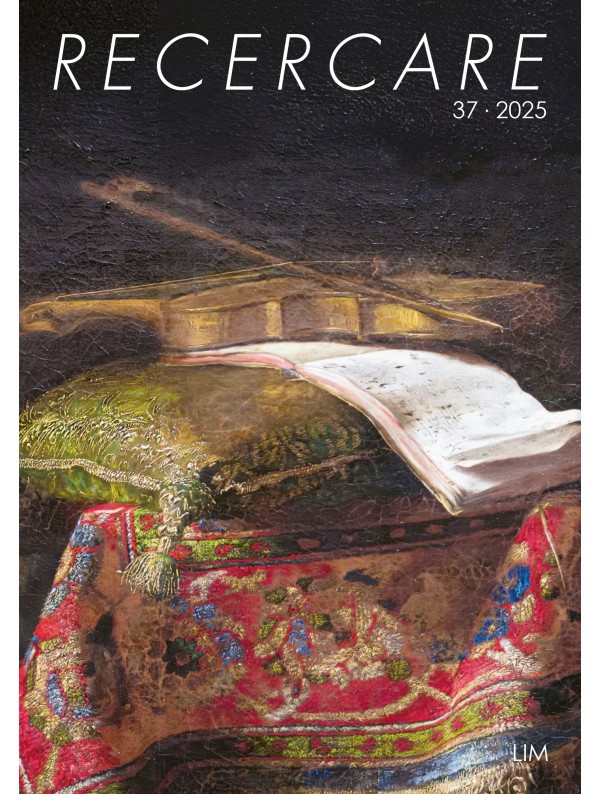Diogenio Bigaglia’s motets for Munich
Abstract
A manuscript album in the Sächsische Landesbibliothek — Staats- und Universitätsbibliothek at Dresden dated 1739 and inscribed to duchess Maria Antonia Walpurgis, then an adolescent at the Wittelsbach court in Munich who was just beginning to display her gifts as a musician and poet, contains ten sacred musical items, all anonymous and scored for the slightly unusual combination of solo voice, solo violin and continuo. Its opening items are a Stabat Mater and a devotional song in German, but the last eight are lengthy four- or fivemovement Latin motets (one adding an extra singer in its final movement) displaying consistent stylistic traits and clearly the work of a single composer. Hitherto, none of the composers has been identified, although earlier suspicions that Maria Antonia herself was the author have been quashed. A concordance for one of the motets and a the mention of another in an inventory confirms their author as Diogenio Bigaglia (1678–1745), the Venetian Benedictine monk who led a successful parallel life as a prolific and esteemed composer of music in several genres. Bigaglia’s musical style and notational usage are highly personal, and it does not take long to establish that he was the composer of all eight motets.
However, these are not an actual set but rather a series of his motets acquired by the Wittelsbachs over the years between around 1715, when Bigaglia accompanied electress Therese Kunigunde back to Munich after her Venetian exile, and 1738, when a motet commemorating the signing of the Treaty of Vienna must have been written. At least half of them have a biographical connection to a female member of the ruling dynasty: Therese Kunigunde herself, her daughter-in-law Maria Amalia or her sister-in-law Maria Anna. In anticipation that these motets will soon join the early music repertory, the article offers an commentary on them.





